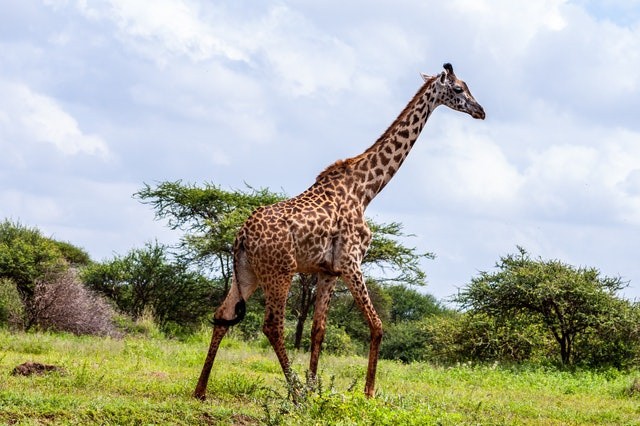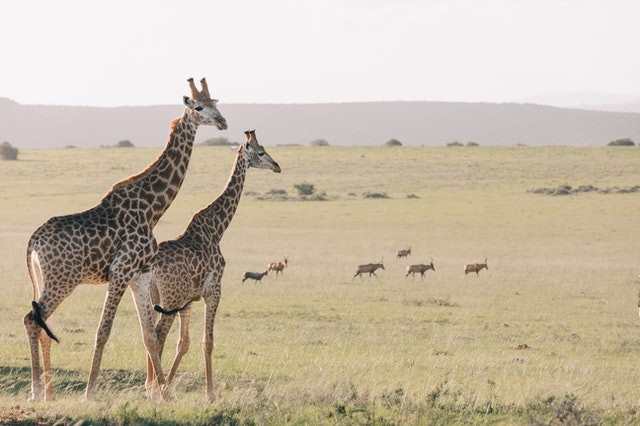Attempt to map the genome of giraffes has resulted in confirmations that there are four different species, and they are as dissimilar to one another just as brown bears and polar bears.
According to scientists of LOEWE Centre for Translational Biodiversity Genomics, who performed the genetic analyses, they are hard to distinguish by mere looking at them, Lead author Dr Axel Janke explains that in spite of their resemblance, genetically there are four different species of giraffe and seven subspecies.

The Four Lineages of Giraffe
For thousands of years, the four giraffe lineages have been developing differently, according to their comprehensive genome analyses. Circulating from north to south Africa, the four different species of giraffe includes Southern giraffe, Reticulated giraffe, Northern giraffe, Masai giraffe. There has been debate before about giraffe's relationships within their genus, and for a long time it was presumed there were just one species with various subspecies.
The same team that conducted this new genetic research, in 2016 first suggested the four different species of giraffe, saying the new work builds on and makes that idea confirmed. Dr Janke said: "New mammal species are only hardly found and described," genomics opens up new possibilities to improve our understanding, he added.
He said genomics, carrying out some study concerning all genetic information of a living being, opens up new possibilities and can increase our view on species and their evolution - as now occurred in giraffe's case.The 2016 first genetic studies from Janke's laboratory studied the DNA of 190 giraffes from across their range in Africa.
Also Read : Mom & Baby Giraffe Rescued in Months-long Operation After Being Trapped on a Sinking Island
Lack of Gene Flow
Presently, analyses of the genome encourage the model of four species. The analysis of around 200,000 positions on DNA from an estimation of 50 giraffes validates the differences. Within the four main species which includes southern giraffe, northern giraffe, Masai giraffe and reticulated giraffe, there is a sum of seven subspecies. The data also reveal that each of the lineages of the four giraffes started to evolve differently between 230,000 and 370,000 years ago.
Researchers explained the outcomes of the genome study discovered that the distinct species were not copulating in the wild, with 'little or no flow of gene and admixture. In captivity, however, conservationists have discovered it is achievable to get the distinct species to copulate under some circumstances.

Conservation of Giraffe
GCF director and co-author of the study, Dr Julian Fennessy says the results of the genome analysis have important significance for the conservation of giraffe. In the past century, the populations have reduced sharply to approximately 117,000 wild giraffes all over the African continent.
It makes the circumstance worse with four distinct species, as each individual species is under even increased threat from rapidly reducing numbers and absence of intermixing. Fennessy explained: "We evaluate that there are below 6,000 northern giraffes that are still remaining in the wild, adding that 'as a species, they are among the most threatened large mammals in the world."
Related Article : Gimil and Nigel, Born with Dwarfism: The Smallest Giraffes in the World!
For more news, updates about giraffes and similar topics don't forget to follow Nature World News!
© 2025 NatureWorldNews.com All rights reserved. Do not reproduce without permission.





